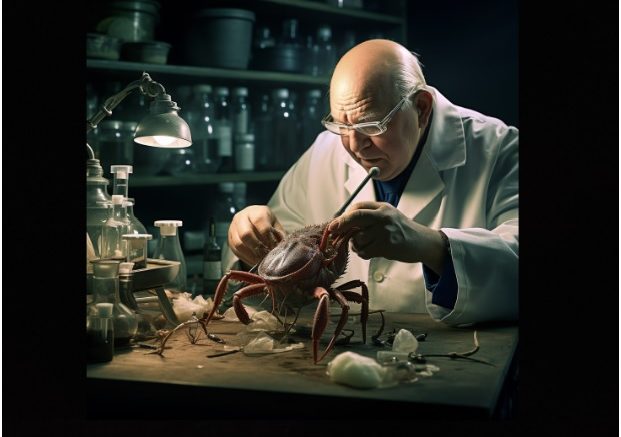by Maryam Henein, Investigative Journalist (above photo courtesy of Midjourney)
Here is the amazing conclusion to Part 1 of this story.
In the 1920s, biochemist Florence Seibert identified endotoxins. These molecules line the cell walls in disease-inducing “gram negative” bacteria. They are very large molecular weight LipoPolySaccharide (LPS) with many characteristics similar to natural venoms.
Seibert’s work on what would become intravenous therapy led her to develop a test for the presence of endotoxins that relied on the common European rabbit. The rabbits were inoculated with a substance that could contain a pyrogenic (fever-producing) contaminant. If one was present, the rabbit’s temperature went up.
In its time, the “rabbit test” was widely used by pharmaceutical companies and medical device makers. However, the test was costly and cumbersome. Researchers actually were mentally scarred by memories of bunny claws as they tried to stick thermometers up their bunny buts. It was much easier to bleed ancient sea creatures, so the large colonies of rabbits were abandoned and the horseshoe crab became the standard litmus before products could head to market.
According to Geoff Pain, whose 11th cousin once removed is Frederick Barry Bang, co-inventor of the LAL test, companies make a white extract from the blue blood and then freeze-dry it. The LAL can go for $15,000 per quart and the blood is supposedly only used in the test.
Over the years, nonprofit organizations such as Physicians for Responsible Medicine have raised awareness of Big Harma’s role in depleting horseshoe populations. As a result, aquaculture facilities for horseshoe crabs are gaining traction, thus reducing the impact on wild stocks. Recently, the nonprofit Defenders of Wildlife, which is dedicated to the protection of all native animals and plants in their communities, placed an injunction on Charles River Laboratories, a multibillion-dollar pharmaceutical company, to stop the lab’s practice of keeping crabs in holding ponds prior to bleeding them. The crabs cannot spawn in these tanks, thus impacting the Red Knot migratory bird which then has no access to food.
There is also a synthetic alternative, but unlike in some other countries, US regulators have not established standards for industry-wide use. Let’s hope we don’t wipe out horseshoe crabs before we emulate their ancient chemical wisdom. Nonetheless, no other natural substance is known to work as well to detect toxins.
The Power Of E. coli & mRNA Contamination
I wondered about the real reason why Big Harma wants to use horseshoe crabs to detect bacteria in the vaccines. Excuse my skepticism, but do they really want to make sure bacteria stay out, or is it to make sure bacteria make it in?
There is a reason why I say this. Let me explain.
Historically, “injection fever” has occurred after patients received shots, and this reaction is explained by a bacterial counterattack. Contamination is not new. Meanwhile, did you know that they use bacteria to make vaccines? E. coli is grown in huge vats almost like you’re fermenting beer.
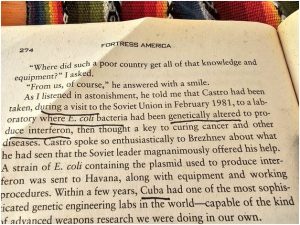 Yeast is used to produce the DNA sequence that codes for the protein. For instance, for the COVID-19 vaccine, Pfizer used Escherichia coli, which doubles every 30 minutes, to accelerate replication for plasmid DNA. In other words, Pfizer uses e. coli, to manufacture the DNA used to make the mRNA in their jabs.
Yeast is used to produce the DNA sequence that codes for the protein. For instance, for the COVID-19 vaccine, Pfizer used Escherichia coli, which doubles every 30 minutes, to accelerate replication for plasmid DNA. In other words, Pfizer uses e. coli, to manufacture the DNA used to make the mRNA in their jabs.
“Amplifiable plasmid DNA is unique and it has an origin of replication if you stick it in bacteria.
It will copy itself to several hundred copies in every cell,” says Microbiologist Kevin McKernan.
As an aside, there are several strains of E.coli and some have even been genetically altered. For instance, while this sounds nuts, they even have engineered E. coli to secrete nanobodies in your gut. Wrap your head around that one!
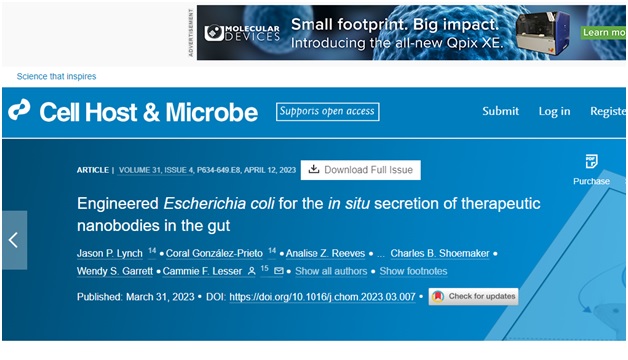 Endotoxins Are No Good
Endotoxins Are No Good
Endotoxins have been shown to damage the blood-brain barrier of mice, allowing viruses to enter the brain directly, writes Geoff Pain. They can also cause sudden death and come with a slew of side effects like inflammation, fever, and sepsis, which are similar to side effects we are seeing with the vaccine-injured.
For those who realize these jabs are also about transhumanism, it turns out that nanomaterials are highly susceptible to endotoxin contamination due to their large surface-to-volume ratios and endotoxins’ propensity to associate readily with hydrophobic and cationic surfaces. And since there is likely nanotech in at least some of these jabs, that just increases the risks of endotoxin damage.
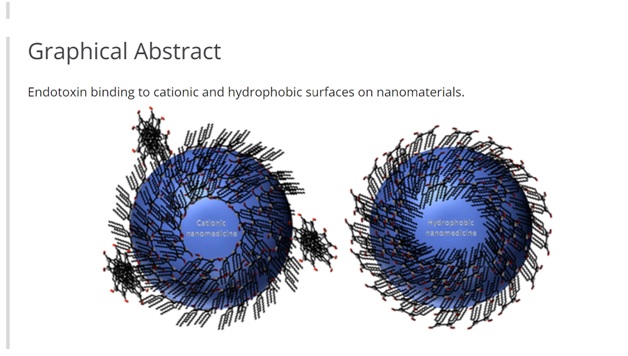 As mentioned, the FDA mandates that all injectable or indwelling materials be certified as endotoxin-free using the horseshoe crab LAL test before a product can be manufactured and sold into the market. The horseshoe crab assay is capable of measuring endotoxin levels as small as 0.001 EU/ml.
As mentioned, the FDA mandates that all injectable or indwelling materials be certified as endotoxin-free using the horseshoe crab LAL test before a product can be manufactured and sold into the market. The horseshoe crab assay is capable of measuring endotoxin levels as small as 0.001 EU/ml.
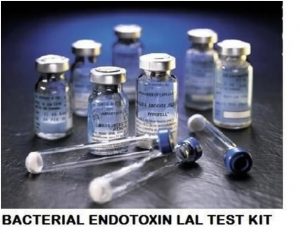 Even at a concentration of one part per trillion—the horseshoe-crab blood extract will go to work, turning the solution into a “gel.”
Even at a concentration of one part per trillion—the horseshoe-crab blood extract will go to work, turning the solution into a “gel.”
“It’s a very complicated assay that basically clots when endotoxins are around,” says Kevin McKernan, CSO, Medicinal Genomics. “[The tests] probably need to be scrutinized very heavily whenever you see plasma DNA coming through…Typically the biggest concern you have of pulling plasma DNA out of the E. coli is it comes along with some endotoxins,” adds McKernan. “The endotoxins alone are probably not a good thing to be injected into people.”
This is why it’s absolutely shocking that despite measurements, endotoxins made their way into some vials, creating hot batches.
What caused this unreliability? Who is reading the results? And how did Pfizer’s COVID-19 shots get contaminated?
McKernan adds that another major concern is that spike protein exacerbates toxic shock syndrome from lipopolysaccharide (LPS). Even if the shots are in the allowable range, they need to reconsider these allowable ranges when injecting a protein that interacts this way with endotoxin. Consider this article, which was somehow scrubbed from the Journal of Molecular Cell Biology in September 2022, titled SARS-CoV-2 spike protein as a bacterial lipopolysaccharide delivery system in an overzealous inflammatory cascade.
Endotoxin levels are closely guarded secrets, writes Pain.
According to him, Pfizer is “desperate to hide the amount of endotoxins.” Pain has written about horseshoe crabs himself. You can check out his Substack.
Despite a US court order, the document released by Pfizer on its jab testing with rhesus macaques still had the number of endotoxins redacted. Much of this data is redacted in various documents, adds McKernan.
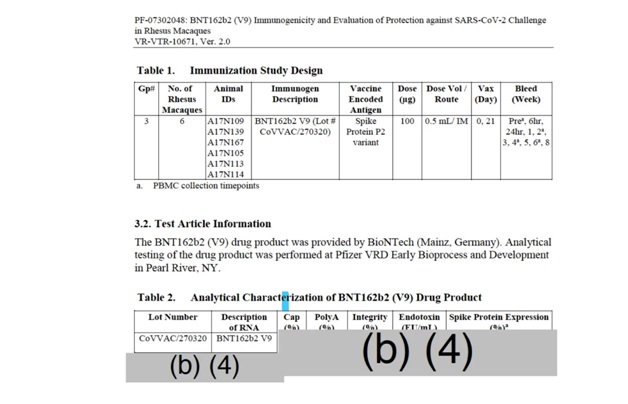
This would mean that Pfizer KNEW their jabs didn’t make their blue-blooded muster. And yet they administered them anyway.
Isn’t this bombastic news?
++++++++++++++++++++++++++++++++
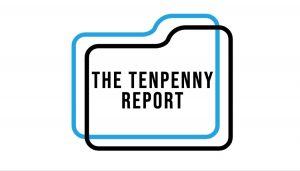 Like what you’re reading on The Tenpenny Report? Share this article with your friends. Help us grow.
Like what you’re reading on The Tenpenny Report? Share this article with your friends. Help us grow.
Get more of Dr. Tenpenny’s voice of reason at her website.
Join our list here
++++++++++++++++++++++++++++++++
Maryam Henein is an investigative journalist, and founder, and editor-in-chief of the health magazine and marketplace HoneyColony. She is also a functional medicine consultant/coach, and the director of the award-winning documentary film Vanishing of the Bees, narrated by Elliot Page. Follow her on Twitter @maryamhenein. Email her: maryam@honeycolony.com.

